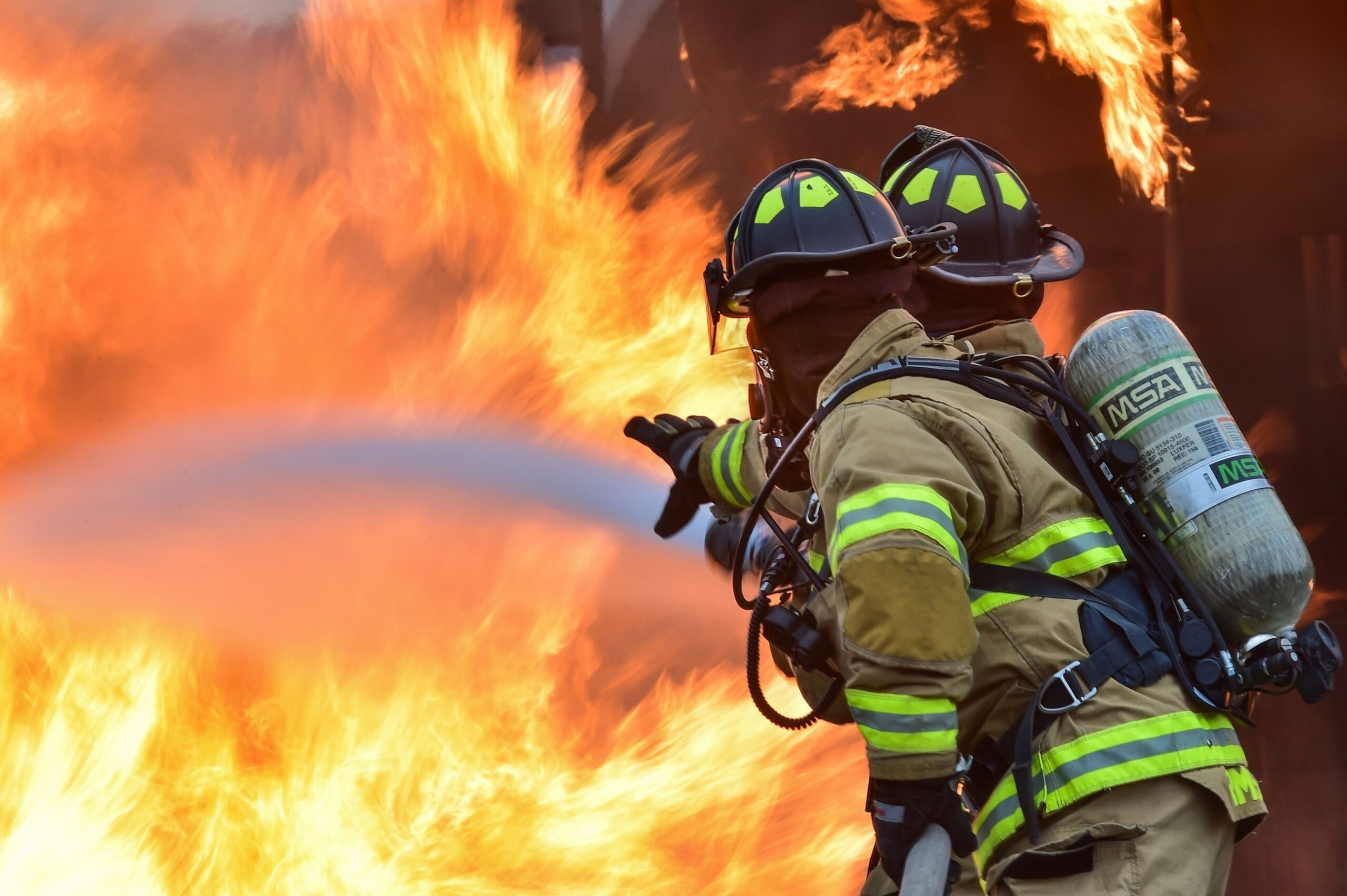The northern hemisphere summer this year has seen out-of-control wildfires raging across parts of Europe, while scientists warn Australia faces an El Niño event in coming months, increasing the risk of severe and destructive bushfires such as those experienced in 2019/2020 that resulted in the loss of an estimated three billion animals, birds and reptiles.
A multidisciplinary team of ecology experts reviewed nearly 100 papers to identify examples of animal evolution in response to fire, and to analyse and categorise the different ways in which this evolution can take place. This growing body of evidence for fire as a ‘force in animal evolution’ provides an insight into the implications and impacts fire has for wildlife and conservation due to climate change. The results of the study were published recently in the journal Trends in Ecology & Evolution.
Researchers found fires were burning more frequently, more severely, across larger areas, and with different seasonality, and they identified over 4400 species across the world that were vulnerable to extinction because of changing fire regimes. These included 1000 species of birds, amphibians, reptiles and mammals.
Lead author Gavin Jones, a Research Ecologist for the US Department of Agriculture’s Forest Services, said there was a wide range of animal adaptations to fire and that evolution was happening – and will continue to happen – ‘right in front of our eyes’.
“The Australian frilled lizard, for example, hid in trees to escape grassfires, which is behavioural adaptation, but this behaviour could turn deadly when larger, modern fires burn their once-safe hiding places. Other species such as the Temminck’s courser, a wader bird from sub-Saharan Africa that lays its eggs the colour of recently burnt ground, has evolved by changing its basic biological characteristics,” he said.
Jones said a better understanding of the variations in how animal species are evolving was important as it would enable more effective conservation efforts.
“We must acknowledge that fire is not just a process that influenced evolution long ago. We need to incorporate evolutionary thinking into approaches for conserving populations under changing fire regimes, including detecting symptoms of fire naivety, and identifying potential fire savvy-traits that could be leveraged for conservation. Doing so will allow for improvements to conservation efficacy,” he said.
Further reading: doi.org/10.1016/j.tree.2023.06.003
Anne Layton-Bennett



